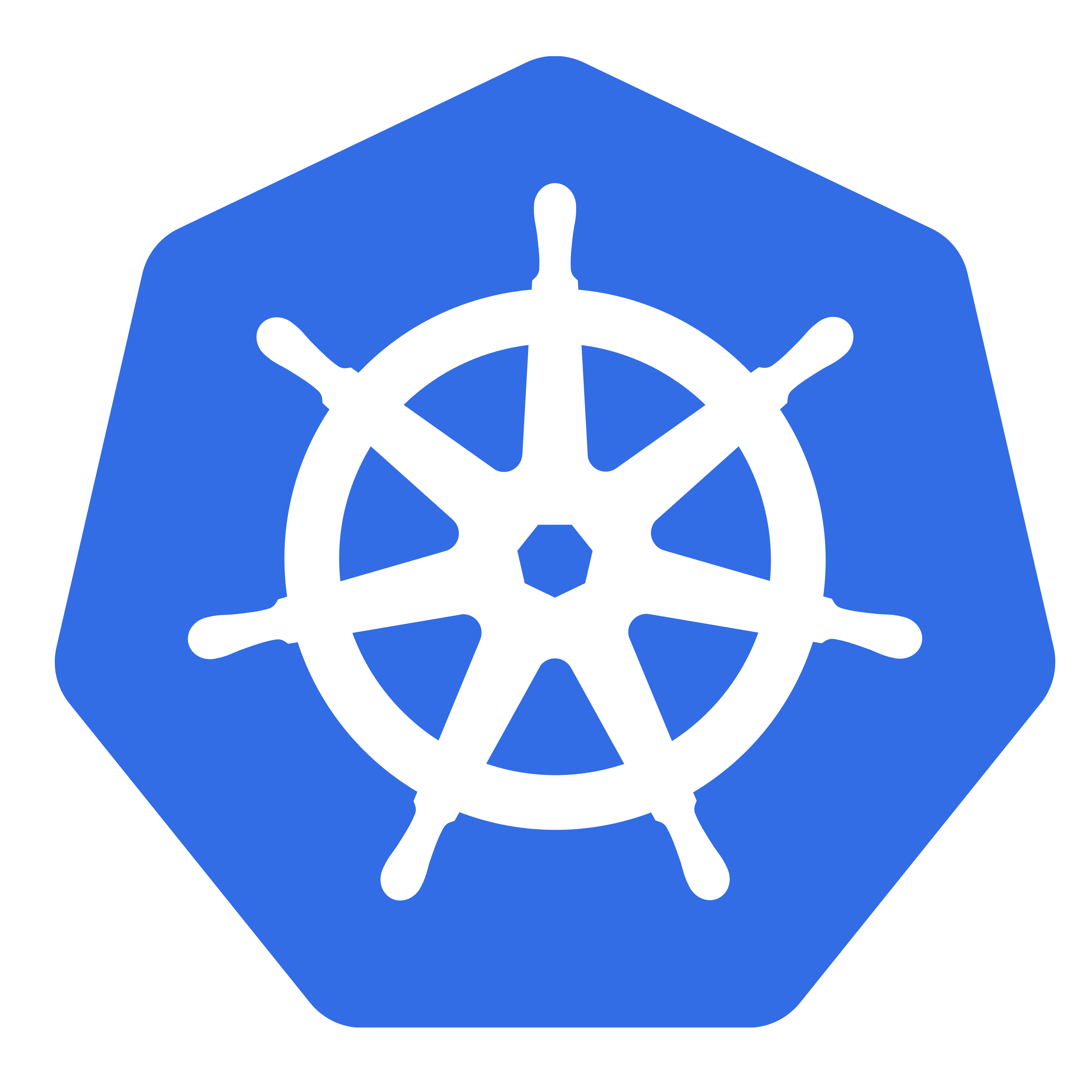

design around ease of self-hosting. A non technical user must be able to self host easily and at a very low cost.
This may be a controversial opinion, but I actually like the way that hosting a lemmy instance is somewhat difficult to spin up. I like the way that it is requires a time investment and spammers can’t simply spin up across different domain names. I like the way that problematic instances get defederated and spammers or other problematic individuals can’t simply move domain names due to the way activitypub is tied to those.
In theory, you could set up something like digitalocean’s droplets, where a user does one click to deploy an app like nextcloud or whatever. But I’m not really eager to see something like that.
Transferable user identity (between instances)
I dislike this for a similar reason, tbh. If someone gets banned, they should have to start over. Not get to instantly recreate and refederate all their content from a different instance.
Of course, ban evasion is always a thing. But what I like is that spammers or problematic individuals who had their content nuked are forced to start from scratch and spend time recreating it before they get banned again.
As for what I would really like to see, I would really love features that make lemmy work as a more powerful help forum. Like, on discourse if you make a post, it automatically searches for similar posts and shows them to you in order to avoid duplicate posts. Lemmy does something similar, but it appears to only be the title. It would also be cool to automatically show relevant wiki pages, or FAQ content, since one of the problems on reddit was that people wouldn’t read the wiki or FAQ of help forums.
I would also like the ability to mark a comment on a post as an “answer”, or something similar. I think stackoverflows model definitely had lots of issues with mods incorrectly marking things as duplicate, but I think it was a noble goal to try to ensure that questions were only asked once, and for them to accumulate into a repository of knowledge. For the all the complaints about it, stackoverflow is undeniably the one of the biggest and most useful repositories of knowledge.












This is the same technology that lets people play windows games on android with good performance. Because there is not direct access to the GPU, they have to use GPU virtualization in order to get it access to a Linux proot that runs wine inside.
I’m excited to see it being used and developed in other areas.